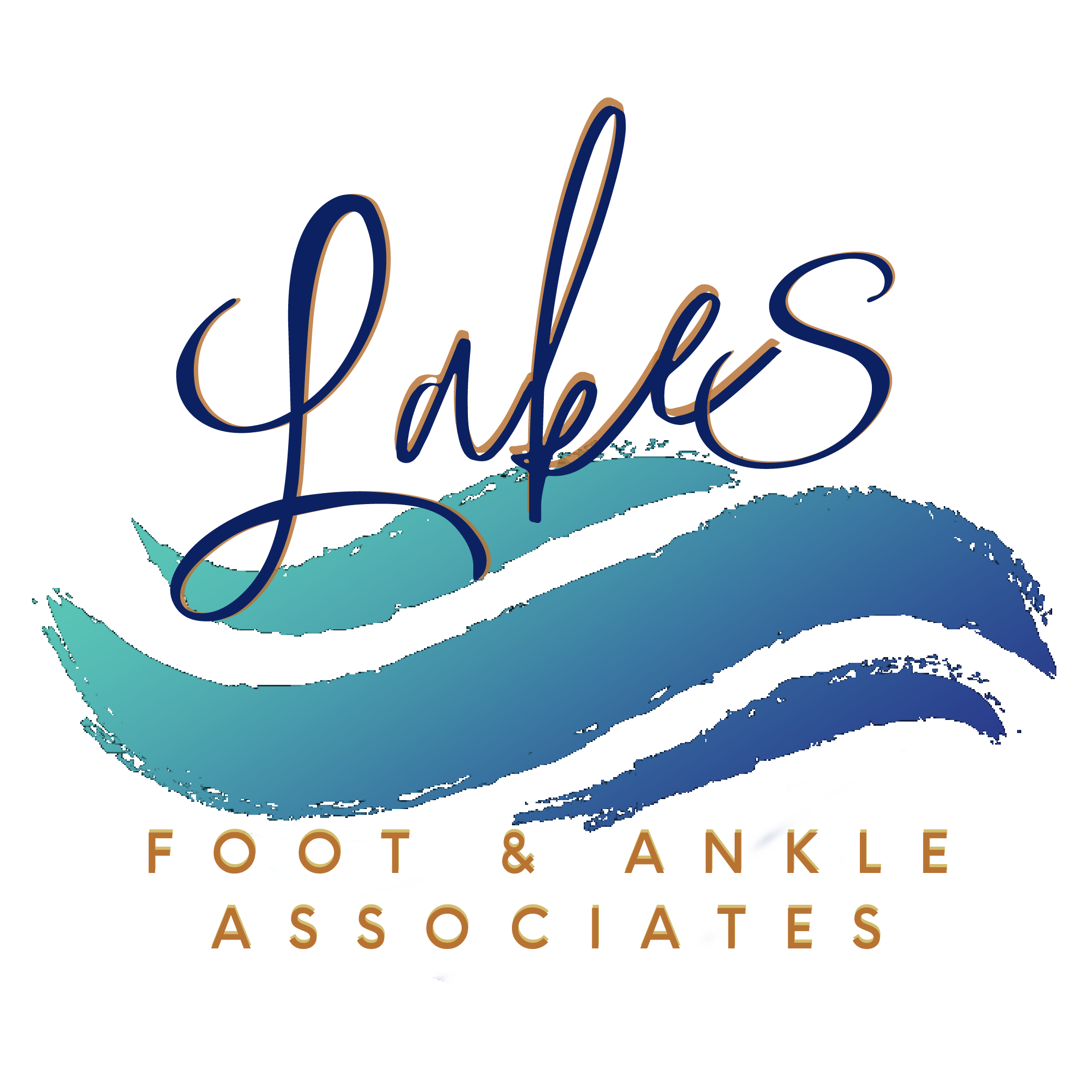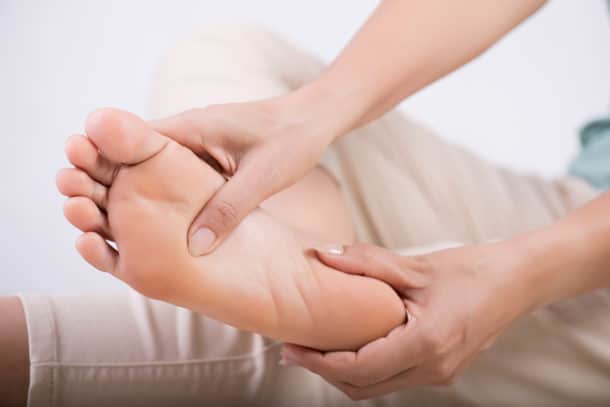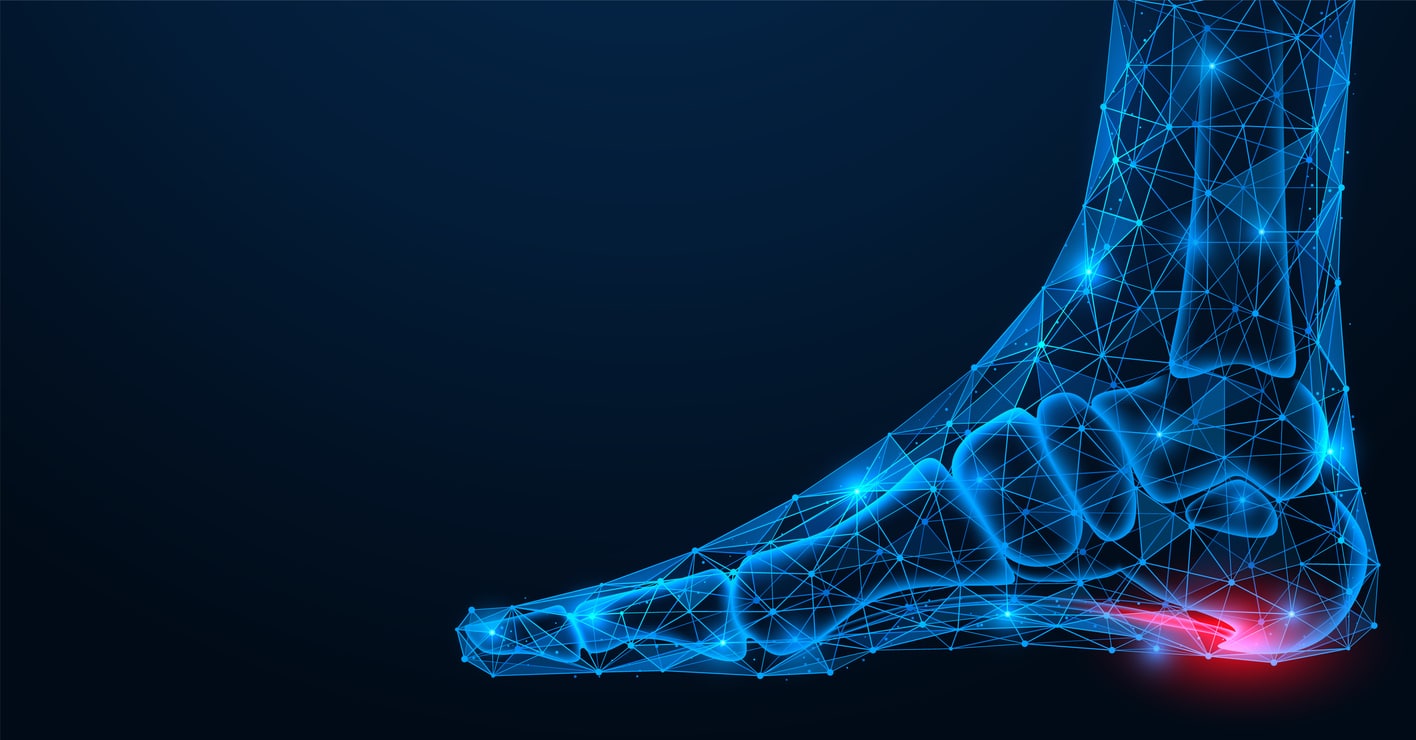A patient walks into the exam room. “Doc, I’m sure I have a heel spur. What can you do for me?”
“Oh, you do?” we say. “So you’ve already gotten a diagnosis from another doctor?”
“No, but my heel hurts! And my grandmother had a heel spur last year, so I’m sure that’s what I have. I did all the same stretches she did, but nothing seemed to work!”
Okay, we’re exaggerating a little bit for humorous effect here. But it’s actually fairly common for patients to come into our office so sure that they have one problem (probably after getting a misdiagnosis from Dr. Google) … only to discover, after our examination, that their real issue is totally different!
In fact, there’s even a decent chance that our hypothetical patient at the beginning of this blog actually does have a heel spur … but it’s not even the actual cause of the pain!
Now, you might not think it matters so much what the specific diagnosis might be. “My heel hurts! What more do you need to know!?”
But in truth, the specific nature of your injury matters a great deal—at least if you care about getting it fixed in a timely fashion!
The Usual Suspects
If you aren’t up to speed on the medical causes of heel pain, you might be surprised to know that there are actually several potential diagnoses.
Almost all the time, the true culprit is one of the flagrant repeat offenders on this list of top heel pain suspects:
Plantar Fasciitis
Without a doubt, plantar fasciitis is public enemy number one when it comes to heel pain, at least among adults. If you notice that your heel pain is worse on the bottom of the heel and tends to be especially bad when you first get out of bed in the morning (or maybe after getting out of your seat after watching a movie), plantar fasciitis should immediately become your top suspect.
Across the bottom of your foot, you have a very thick band of tissue (ligament) called the plantar fascia, and its main job is to help support the arch and absorb the impact forces of your steps. If it gets over-stressed, however, you might start developing some pain along the underside of the heel, where the plantar fascia originates from the heel bone.
Achilles Tendinitis
If, however, your heel pain is more located along the back of heel—or slightly above it—your prime suspect becomes Achilles tendinitis. This is especially the case if you’re middle aged and/or a runner or casual athlete and you’ve recently changed or increased your training routine.
Constant strain on the tendon (also known as the heel cord) can cause the tendon fibers to stretch, tear, or otherwise break down, leading to stiffness, swelling, and aching pains. In serious cases, the tendon might be weakened to the point where a sudden impact could cause it to rupture completely. (You definitely don’t want this.)
Sever’s Disease
But what if your heel pain sufferer happens to be around the age of adolescence? That’s when you shift your attention over to the badly misnamed issue known as Sever’s disease (which is not actually a disease at all).
At this age, kids’ bones haven’t yet fully matured, and the ends of many of their bones (including the heel bone) are capped by a softer section of tissue called a growth plate. These growth plates are easier to irritate and damage than other parts of the bone.
On top of that, the heel bone is one of the first body parts to reach full adult size, and that means the muscles, ligaments, and tendons that attach to it might be a little tight for a while.
Combine these factors, and the result is a lot of kids with heel pain—especially if they play sports, and are right in the middle of a growth spurt.
Stress Fractures
Your heel bone is normally pretty well protected. It has to be, considering your heel is typically the first part of your foot to slam into the ground with every step you take.
But when subjected to repetitive stresses over and over again, the fatty pad and soft tissues that are your heel bone’s first line of defense start to wear down. As they wear down, a greater and greater percentage of those impact forces get transferred directly to the heel bone.
Eventually, the bone itself starts to develop hairline cracks.
Trapped Nerves
Nerves are the conduits through which your brain communicates with all the various parts of your body. But in order to reach every part of your body, they often have to pass through narrow passageways and tunnels, in and around joints and jammed together with blood vessels, ligaments, bones, and other structures.
One particularly tight squeeze is located in the tarsal tunnel of the ankle—basically, it’s your leg’s version of the carpal tunnel in the wrist. Repetitive motions, minor injuries, inflammation, or even faulty bone structure might cause the nerve to get pressed, trapped, or pinched.
That, in turn, may cause the nerve to malfunction, with pain radiating into and beyond the heel.
The Fall Guy
Let’s return to heel spurs for a moment. No condition has been more unfairly and inaccurately targeted for heel pain than this one! He’s not bad—just misunderstood.
Part of the reason for the confusion is that “heel spurs” are actually quite common. A large percentage of people who have had plantar fasciitis at least once in the past have developed “spurs” as well.
That’s because plantar fasciitis is, by far, the most common cause of spurs. When you have fasciitis, the plantar fascia starts to “pull away” from the heel bone. After a while, your body attempts to repair that gap by depositing a bunch of calcium on the surface of the bone—essentially, filling in the gap with more bone. That’s the spur.
The thing is, heel spurs are almost never actually painful! In rare cases they can be, particularly if the spur breaks and parts of it start to jab into the surrounding tissues. But 95 percent of the time, minimum, if you have a spur and heel pain, it’s really the plantar fasciitis causing the pain, not the spur.
Your Free Guide to Understanding Heel Pain
Want even more in-depth information about the many causes of heel pain, how to identify them, and what you can do about them? Download a copy of our free heel pain guide today! It’s a quick read, and the knowledge it contains can help prepare you to make the best possible decisions about your health care.
Let Us Help You Solve Your Heel Pain
Although a little bit of research and education (and, sure, Googling) can help you narrow down your list of likely culprits, there’s no substitute for a professional evaluation.
You are probably going to need some expert insight—and quite possibly a diagnostic test or two—to fully confirm the condition. And that can make a big difference if you want your treatment plan to be effective.
You also don’t want to wait too long to act, either—since many forms of heel pain will not always heal on their own and may become more severe or chronic if you don’t take corrective action soon enough.
So if your heels are hurting, give us a call. We’ll help you get to the bottom of what’s troubling you, and with advanced non-surgical techniques like MLS laser therapy, and others, no one around is better equipped to help you heal quickly.
To schedule an appointment with the Lakes Foot and Ankle Associates in Commerce Township, give us a call today at (248) 360-3888.
| Monday | 8:00am – 4:30pm |
| Tuesday | 9:00am – 4:30pm |
| Wednesday | 8:00am – 4:30pm |
| Thursday | 8:45am – 6:00pm |
| Friday | 7:30 am – 4:00pm |
| Saturday | – Closed – |
| Sunday | – Closed – |



